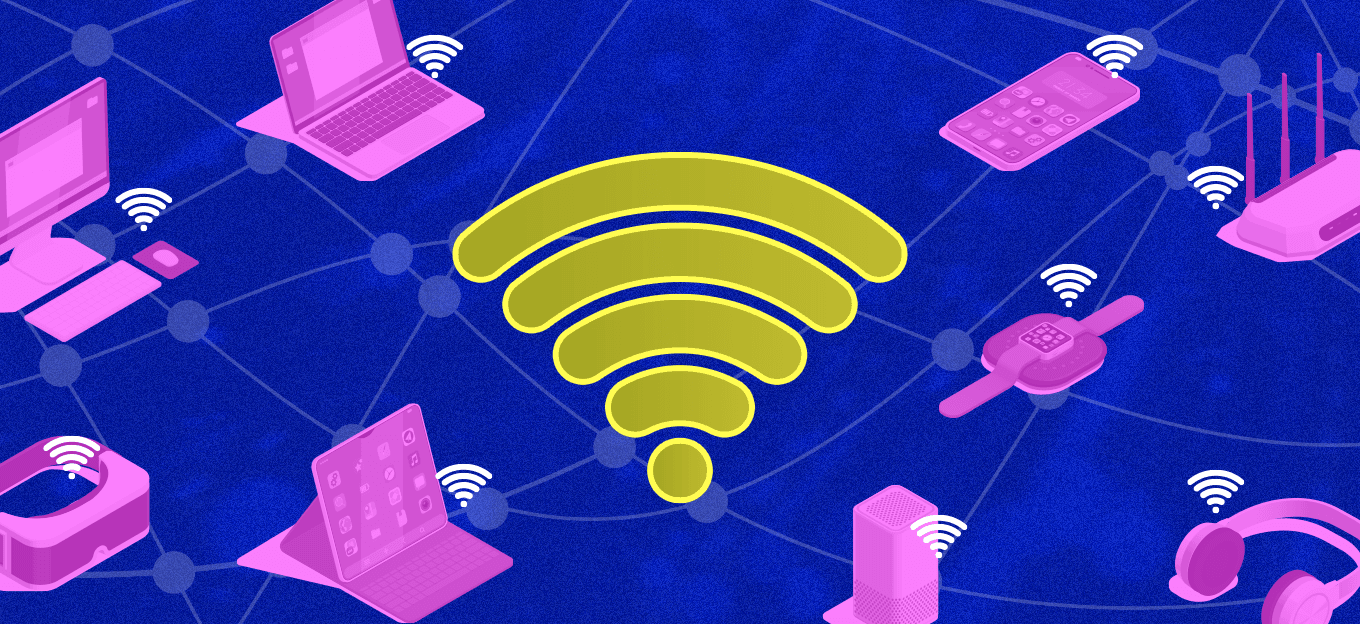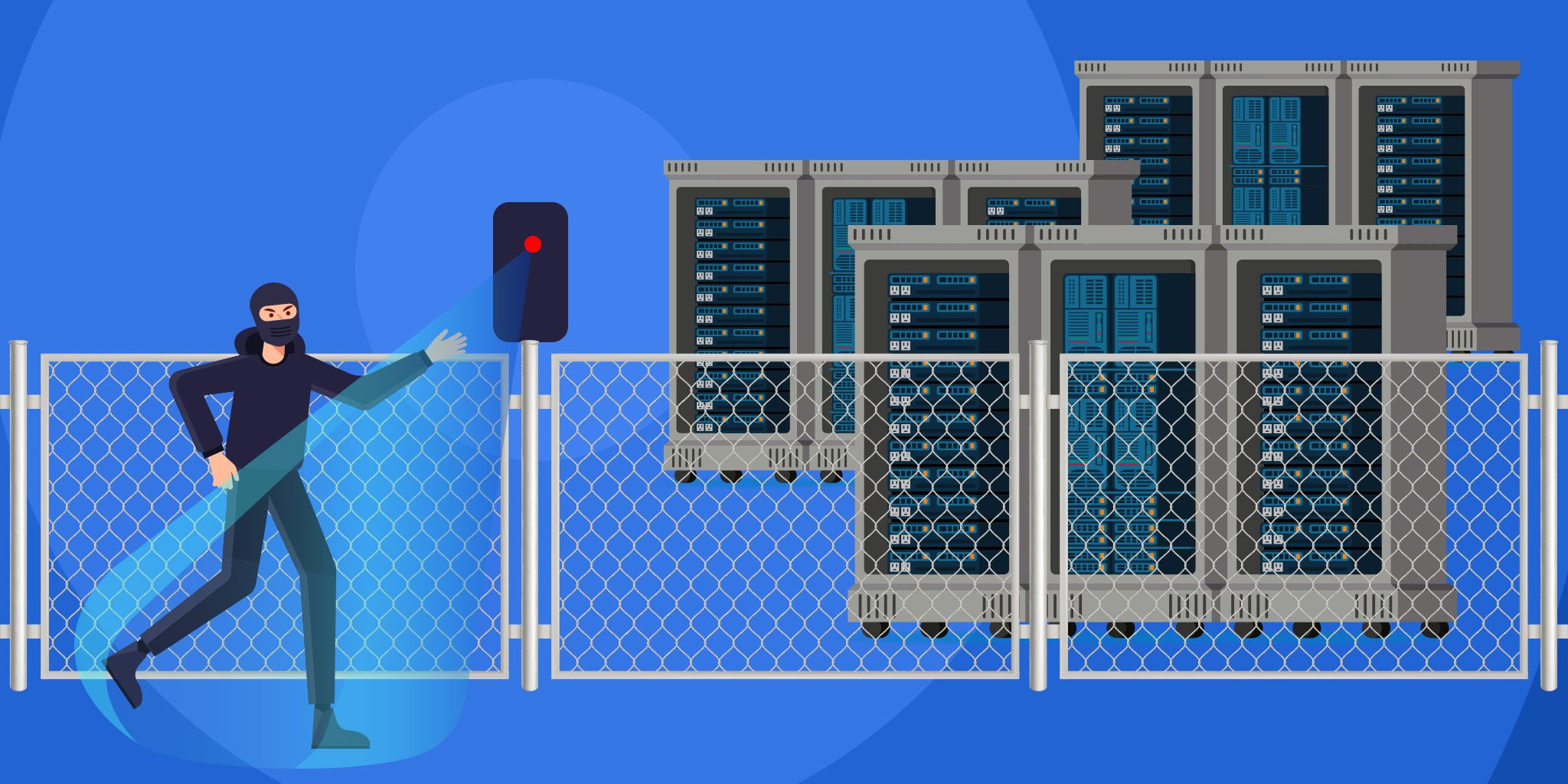How to Secure Your Smart Home Devices Against External Threats
How to Secure Your Smart Home Devices Against External Threats
- Last Updated: December 2, 2024
5Q
- Last Updated: December 2, 2024



In 2022, IoT devices have become very common in the typical American household. From the Nest thermostat to the smart refrigerator and Ring appliances, network devices around the home are coming in all forms, all with the insatiable desire to be connected to the series of tubes we call the Internet. These devices can expose home networks, especially if they only have the standard, already-tired, and shoddy defenses against a myriad of existential threats and harms that most folks would be none the wiser about. Let's take a look at how to secure your smart home devices and protect your home network against external threats.
'The internet can be a scary place, and it’s vital to protect yourself and your family by protecting your IoT devices.' -5Q
3 Ways to Safeguard Your Home
#1: Change the Defaults & Enable Two-Factor Authentication
A few years ago, there were quite a few articles about hackers taking control of baby monitors via Wi-Fi networks to spy on unsuspecting families. While this doesn’t explain all the hacking cases for each baby monitor, we can reasonably ascertain that some default settings were either left by developers or users did not check them, which allowed the hackers a way in.
This may sound exceedingly simple and to some IT folks like a "no-brainer," but going back through and verifying the configurations of the devices around a smart home to ensure no default passwords and usernames remain will go a long way. Most devices have an administrative console that requires its use for first-time setup, and, to cover our tracks, it may be prudent to go back and make a few fine-tuning adjustments. Ensuring the device is connected to the proper network and that the MAC address is properly recorded so you can find it later on is ideal. While tinkering around in settings, ensure automatic updates are enabled. Developers will often do over-the-air updates to these devices to apply their security hotfixes. All this information would be found in that device’s settings, and you may need to consult the manufacturer’s manual to find specific menus.
#2: Separate Devices Into Networks
Sometimes we need our space, and IoT devices are no different. On the first day of setting up a new device network, VLANs and firewall settings are usually relegated to the "do it later pile." It is a great idea to go ahead and set that up right now.
There are many ways to accomplish this task; one of the more prevalent ones would be using OpenWRT and its amazing support forum for this. Before you undertake this item, ensure your device is compatible with OpenWRT. Otherwise, you may be stuck using the proprietary software to try and accomplish this goal. But, fear not! If you read all those forum posts and do not really want to expend extra effort setting up a virtual one, installing a second physical router is another solution, and, with some minor tweaks, it can accomplish the same thing.
#3: Set Up a Pi-Hole
After completing the above steps, setting up your DNS server directly to your router(s) would be a great in-place solution to provide additional security. Setting up a Raspberry Pi gives you the chance to purchase (yet another) shiny new gadget and justifies itself simultaneously! The name Pi-hole itself is just an amalgamation of Raspberry Pi and Black Hole, which you’d be setting up, in theory.
Essentially, this would reject domains before they reach your devices, and it comes with the bonus of being a built-in ad blocker. The Pi-hole can keep those pesky IoT devices from phoning home and block connections from unauthorized outside domains and IPs. You can purchase a Raspberry Pi from Amazon or your local tech enthusiast store, and with the Pi-hole documentation, it is a relatively simple process to undertake. Once it’s running, you’ll have more control over your network traffic and more logs than you’ll know what to do with! With that information, you can see what your IoT devices are talking to and if those domains can be trusted.
A Secure Smart Home
With these three steps, you can have a more secure smart home with all the IoT devices you could ever want. The internet can be a scary place, and it’s vital to protect yourself and your family by protecting your devices. Use the suggestions above to make sure you are securing your home!
The Most Comprehensive IoT Newsletter for Enterprises
Showcasing the highest-quality content, resources, news, and insights from the world of the Internet of Things. Subscribe to remain informed and up-to-date.
New Podcast Episode

Moving Past the Pilot Phase in IoT and AI
Related Articles





